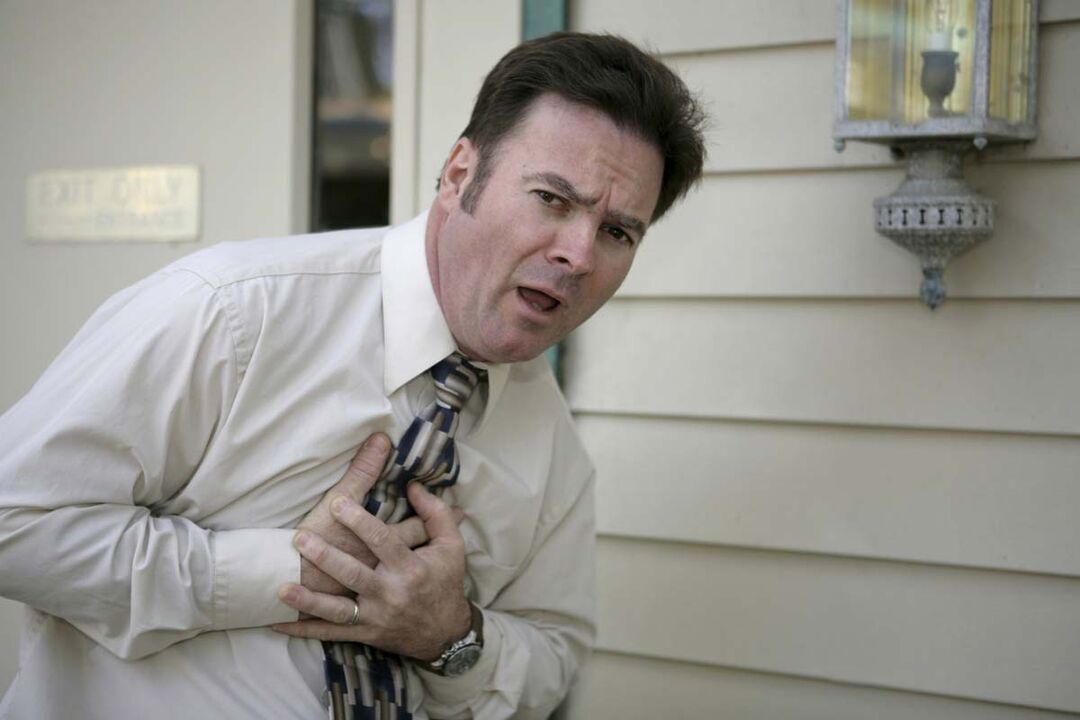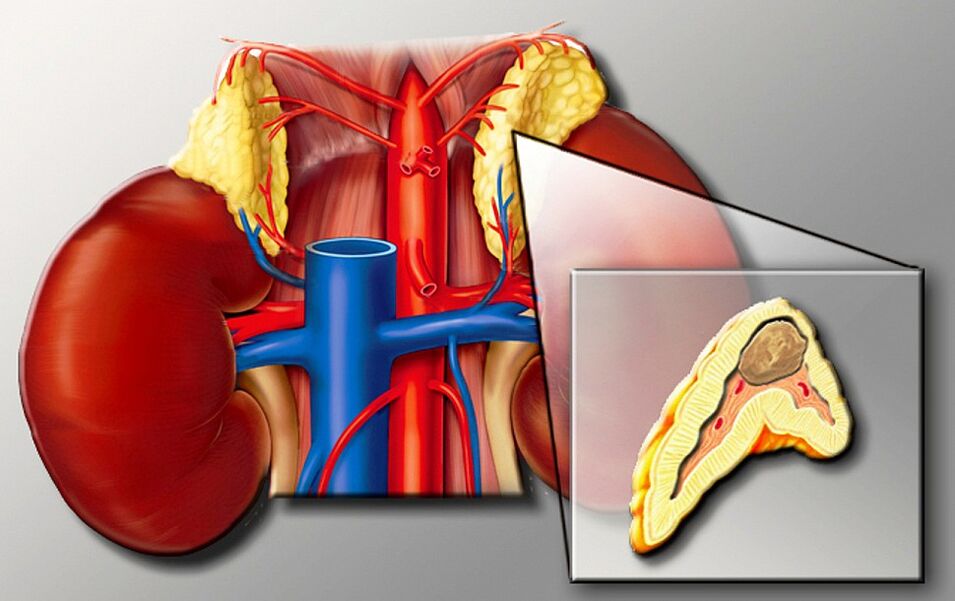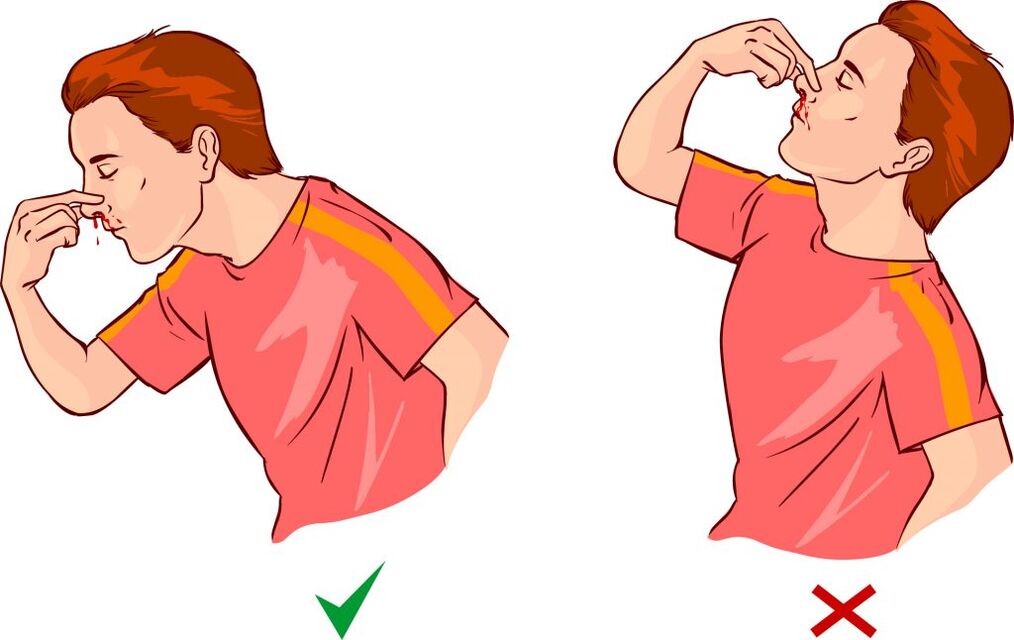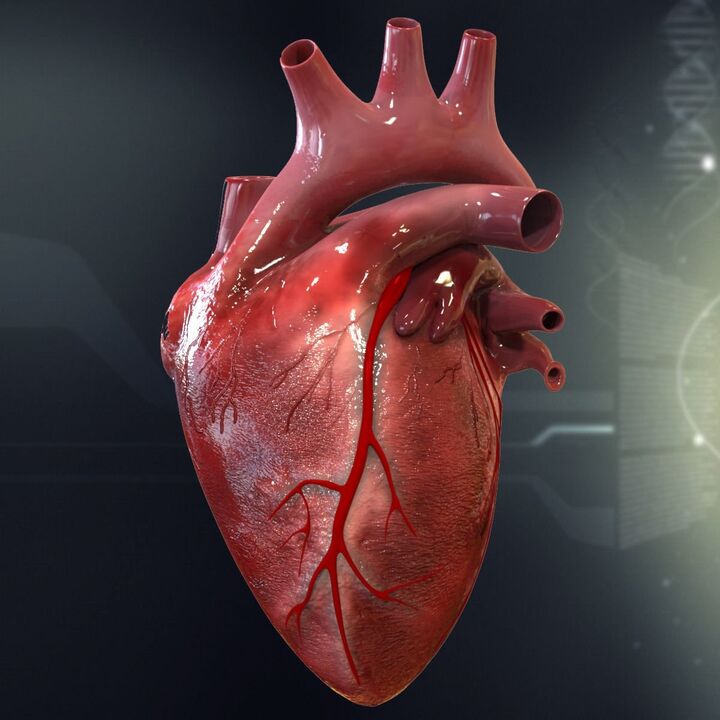Classification of arterial hypertension is a system that is used to assess the severity and stage of development of arterial hypertension.

Attention!In the international classification of diseases of the tenth revision (ICD-10), arterial hypertension of inorganic nature is indicated by code I10.
Hypertonic disease: definition, description and etiology
About 50% of people suffer from hypertension (GB).About half of hypertension do not know what suffers from the disease.More than 50% of patients with known hypertension are either not treated or ineffective medicines are received.The main cause of the mortality of adult hypertension patients is the infarction of the brain or heart.

The prevalence of arterial hypertension increases with age and body weight.Men at a young age often suffer from illness than women.Women in postmenopause more often suffer from hypertension than men.
Arterial hypertension can be divided into primary (essential) and secondary (organic).
The vast majority (> 90%) of hypertension have primary hypertension, defined as idiopathic.Primary hypertension is diagnosed by excluding organic pathologies.
Some risk factors can increase the risk of developing the disease at an early age.In medicine, modified and unmodified factors of the formation of the disease are distinguished.These include:
- Obesity;
- Excess of salt, alcohol in a diet;
- Smoking cohabitants (they pose a danger, since the patient involuntarily becomes a passive smoker);
- Stress;
- Hypodynamia (lack of sport in the life of the patient);
- Smoking;
- Circulatory disorders (in a small or large circle);
- Elderly age;
- Low social status.
Secondary (symptomatic) hypertension is due to another disease - apnea syndrome in a dream, aorta coarctation or aortic sclerosis.Neurogenic, psychogenic and podogenic forms are also known.The last form includes, among other things, ovulation inhibitors and NSAIDs.Drugs and toxic substances, as well as very high consumption of licorice can lead to secondary form of hypertension.Renal hypertension caused by stenosis of the renal artery, as well as hyperaldosteronism, pheochromocytoma, Kushing's disease or hyperthyroidism belong to the secondary forms of hypertension.

Another type of arterial hypertension occurs with hypertensive pregnancy disorder (GEC).Risk factors include high age of the mother and multiple pregnancy.Various forms are known, including, for example, gestational hypertension with or without proteinuria.
Pathophysiology
Arterial hypertension occurs due to an increase in the peripheral resistance, an increase in cardiac output or combinations of both.There are several adaptation mechanisms in this process, so blood pressure is constantly maintained at an increased level.To maintain a heart ejection, the heart becomes hypertrophied and can withstand a constant load under pressure.
The kidneys also play a significant role in the pathogenesis of hypertension.Although renal blood flow and glomerular filtration rate remain largely constant, sodium excretion also increases.The influence of, for example, the secretion of renin or changed reabsorption of sodium on pressure, is discussed.
Symptoms
Often, symptoms of arterial hypertension occur too late.In most cases, the disease is asymptomatic.
Hypertension can be characterized by the following symptoms:
- Early morning pain in the head;
- Sleep disturbances, dizziness;
- Epistaxis;
- Tinnitus;
- Nonspecific heart disorders;
- Trembling of the atrial.
In the case of secondary hypertension, symptoms of the underlying disease are added.Special forms of hypertension are hidden hypertension (SG) and white robes syndrome (SBC).

With SBC, blood pressure increases ≥140/90 mm Hg.Art.When measuring in the doctor’s office.At home and when monitoring blood pressure, normal blood pressure values are recorded.
With hidden hypertension, blood pressure values at the doctor are in the normal range.The measurements of the house or monitoring of blood pressure show increased values of ≥140/90 mm Hg.Art.This form can be associated with such factors as the male sex and younger age, as well as smoking, drinking alcohol and stress.
With hypertensive crisis, it is necessary to prescribe the correct treatment regimen in order to prevent pathological processes in the organs.Patients with this ailment requires to cause emergency help or take it to the clinic on their own.Lack of treatment can threaten the patient’s life and cause irreversible consequences.The progression of blood pressure can be malignant, which will lead to unjustified risk.If any vascular symptoms occur, it is recommended to see a doctor immediately, since a crisis can result in lifelong disability.
Classification of hypertension by degree
The stages of arterial hypertension were distinguished by a WHO.An increase in blood pressure, which occurs, for example, after physical stress, is not considered hypertension.
A disproportionately high level of blood pressure at low load is called labile hypertension.The dangerous form of arterial hypertension is associated with diastolic blood pressure above 120 mm Hg.Art., which decreases by less than 10% during the night.
New (2017) classification of hypertension by stages and degrees: the table is given below.
| Stages AG | Systolic pressure in mm Hg.Art. | Diastolic pressure in mm Hg.Art. |
|---|---|---|
| Optimal | <120 | <75 |
| Normal | 120-125 | 75-79 |
| High normal | 126-129 | 80-85 |
| 1st stage: beginning hypertension | 130-150 | 85-99 |
| Stage 2: moderate hypertension | 160-179 | 100-109 |
| Stage 3: severe hypertension | ≥180 | ≥110 |
| Isolated systolic hypertension | ≥130 | <90 |
Classification of arterial hypertension by degree
Hypertension can be classified depending on damage to blood vessels, eyes, heart, kidneys.In accordance with WHO recommendations, there are 3 degrees of hypertension.At the first degree, there are no clinical signs of organs damage.In the second degree, the target organs are affected and atherosclerosis of the vessels is detected.With the third degree, obvious cardiovascular complications arise-chest toad, cardiac and cerebral heart attack, transient ischemic attacks.
Stratification of risk with pronounced arterial hypertension determines the likelihood of complications.Depending on the stage of arterial hypertension, the risk may vary significantly.
Important!Only a doctor can determine the correct diagnosis, category of risk, to give certain types of recommendations for prevention and treatment.It is not recommended to independently calculate the risk on unverified scales and try to treat the disease.Treatment of a child and a teenager may differ.A variety of treatment is chosen by a doctor based on the medical history.
Complications
The problem of arterial hypertension is that it often remains undiagnosed for a long time or is poorly treated.The absence of symptoms forces patients not to seek medical help.This leads to complications that often appear in the heart, kidneys, central nervous systems and eyes or in the vessels of the lower extremities.Often, pronounced atherosclerosis develops.
Hearts and insufficiency, as well as coronary heart disease, are important consequences of hypertension of the heart.The heart increases to withstand an increased load.The result is levo -ventricular failure.

As a result of atherosclerotic changes in the coronary arteries, the coronary reserve is so much limited that even a slight increase in cardiac output during stress can cause angina pectoris, myocardial infarction or sudden coronary death.
Hypertonic nephropathy - kidney damage due to hypertension.It can occur as a result of endothelial damage.Years of exposure to high blood pressure can cause pronounced nephrosclerosis with renal failure of the last stage.
AG can lead to transient ischemic attacks (TIA), cerebral heart attack, hypertonic mass bleeding or acute encephalopathy.The risk of stroke can be significantly reduced by antihypertensive therapy.
Hypertonic retinopathy, as a rule, occurs as a result of the spread of atherosclerosis in the blood vessels of the retina.Vascular diseases caused by hypertension are OZPA, aneurysm of the abdominal aorta and aortic dissection.
Treatment method
Treatment of hypertension begins with non -drug intervention.The main non -drug methods of therapy for the disease:
- A decrease in body weight to 25 units according to BMI;
- Transition to a low-salt diet from <5-6 g NACL per day (it is recommended to select a dash diet);
- Refusal of smoking, alcohol;
- Limiting caffeine consumption.
It is also required to limit the use of hypertensive drugs if there is hypertension.Patients are recommended to engage in end-to-reside type of training 3-4 times a week-swimming, running cowardice or cycling.
In addition to these general measures, it is necessary to treat diseases that cause secondary hypertension.According to the European Hypertension Association, the target values of blood pressure should be> 140/90 mm Hg.For patients under the age of 80, and> 150/90 mm Hg.- For elderly patients.
Medicine therapy begins with monotherapy with the drug of choice.At values that are strongly deviated from normal blood pressure values (> 20/10 mm Hg) or primary combined therapy is carried out with concomitant diseases.
Preparations of choice:
- Beta-blockers;
- ACE inhibitors;
- Thiazide diuretics;
- AT1 receptor antagonists;
- Calcium blocks of long -acting.
As a double combination, you can use a diuretic in combination with a beta-blocker, long-acting calcium antagonists, ACE inhibitors or AT1 receptors blockers.
Calcium antagonists of non-hephydropyridin type should not be prescribed along with beta-blockers, since they contribute to the development of bradycardia or atrioventricular blockade.
Depending on the concomitant disease, individual drugs cannot be prescribed.Diuretics are recommended for hypertension in combination with heart failure.ACE inhibitors can be used for heart failure, as well as in diabetic nephropathy.In the presence of myocardial insufficiency, beta-blockers can also be used.
As for the use of individual drugs, factors such as side effects, individual tolerance and interaction with other drugs that the patient use are added.Triple combinations are also possible if a double combination does not provide the desired effect.

















